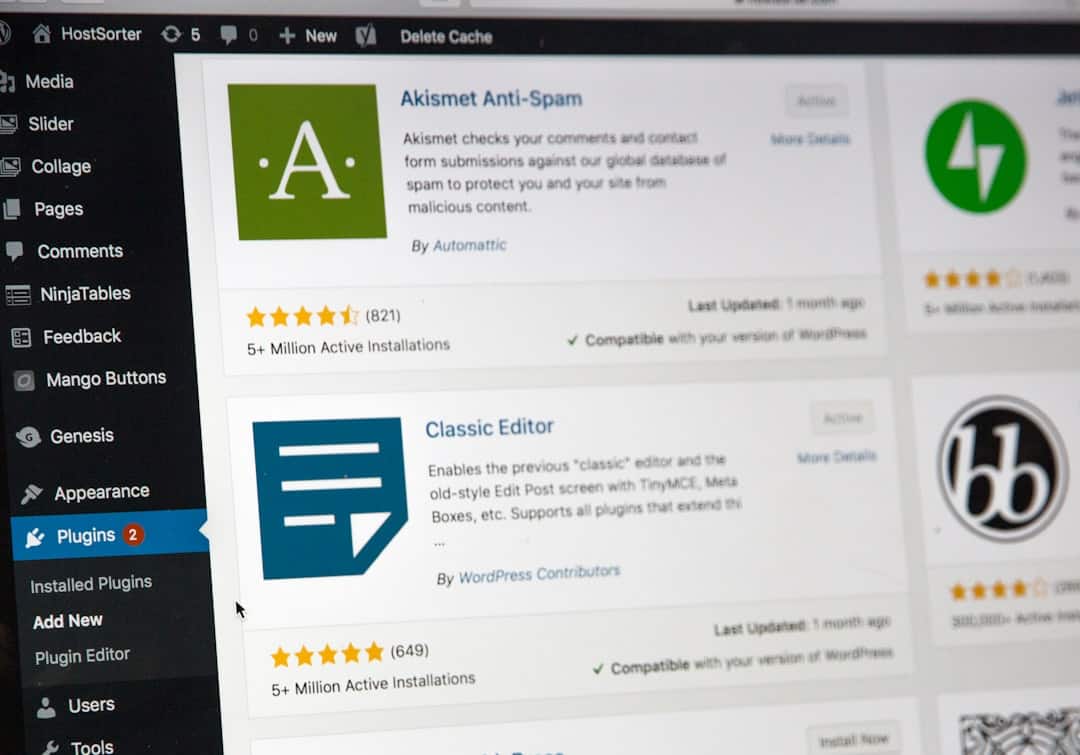In the rapidly evolving field of data science, modern workflows increasingly rely on artificial intelligence (AI) to streamline code generation and data analysis. AI-powered tools not only enhance productivity but also lower the barrier to entry for newcomers by providing intelligent recommendations and automating routine tasks. Whether you’re a seasoned data scientist or a curious beginner, having the right AI-assisted tools can make a significant difference in your projects.
Here’s a look at some of the best AI code tools for data analysis, based on their functionality, ease of use, and integration capabilities.
1. GitHub Copilot
Created by GitHub and OpenAI, GitHub Copilot is one of the most prominent AI code assistants. It integrates directly with popular code editors like Visual Studio Code and suggests complete code snippets based on natural language prompts or partial code. For data analysis tasks, Copilot can help with:
- Generating data preprocessing scripts
- Writing Pandas and NumPy functions
- Creating visualization code using libraries like Matplotlib and Seaborn
Its contextual awareness enables more efficient coding, especially when performing exploratory data analysis (EDA) or repetitive data transformation operations.

2. Jupyter AI
Jupyter AI offers natural language support within Jupyter Notebooks, making it easier for users to write queries and generate code insights through conversational prompts. Integrated with models from OpenAI and others, it makes interactive data analysis more intuitive by allowing users to:
- Ask questions about their datasets in plain English
- Receive suggestions for cleaning and transforming data
- Debug code automatically with AI explanations
It’s an excellent tool for those who use Notebooks frequently and want to speed up the data science workflow.
3. DataRobot
DataRobot is more of a comprehensive machine learning platform than a simple coding assistant, but it deserves a spot due to its powerful AI automation features. DataRobot streamlines the entire data analysis pipeline from cleaning to visualization and predictive modeling. Using its AutoML capabilities, data scientists can:
- Automatically select the best algorithms for a given dataset
- Generate code snippets in Python or R
- Visualize model performance through detailed dashboards
This tool excels when time is critical, or when decision-makers need quick, yet reliable analysis without starting from scratch.
4. Tabnine
Tabnine is an AI code completion tool compatible with numerous IDEs, including JupyterLab. It’s trained on open-source code and offers blazing-fast code suggestions. For data analysis, it’s particularly handy when working with frameworks like SciPy and Scikit-learn. Features include:
- Prefix-based code completions across hundreds of libraries
- Team-level learning for standardized code practices
- Security-focused AI, offering code completions without leaking sensitive data
While Tabnine isn’t tailored exclusively for data science, its smart code predictions can dramatically reduce development time.
5. Cognos Analytics with Watson
IBM’s Cognos Analytics incorporates Watson AI to provide a robust analytical solution that merges business intelligence with data science. Users can interact with data using conversational queries and receive automated insights that include trend forecasts and anomaly detection. Key capabilities include:
- Natural language querying for instant data insights
- Auto-generated dashboards and reports
- Automatic identification of key predictors and influencers
This tool is particularly useful for non-technical stakeholders who still need powerful data insights at their fingertips.

6. Google Cloud AutoML
For developers and data analysts working in the Google ecosystem, Google Cloud AutoML offers a flexible way to build and deploy machine learning models without deep coding knowledge. You can import your dataset, define the problem type, and let the tool determine the best approach. Advantages include:
- Ease of integration with BigQuery and other Google services
- Visual interface for non-coders
- Highly scalable performance for large datasets
While more focused on model-building than exploratory analysis, it remains a valuable AI assistant in the broader data analysis pipeline.
Final Thoughts
The landscape of AI-assisted coding tools is expanding rapidly, enabling users to harness the power of automation and machine learning more efficiently than ever. From predictive modeling to code auto-completion and data exploration, these tools can greatly enhance your analytical capabilities.
Whether you’re looking to draft complex functions, visualize data trends, or optimize your models, integrating one or more of these AI tools into your workflow can lead to faster insights and smarter decisions.

